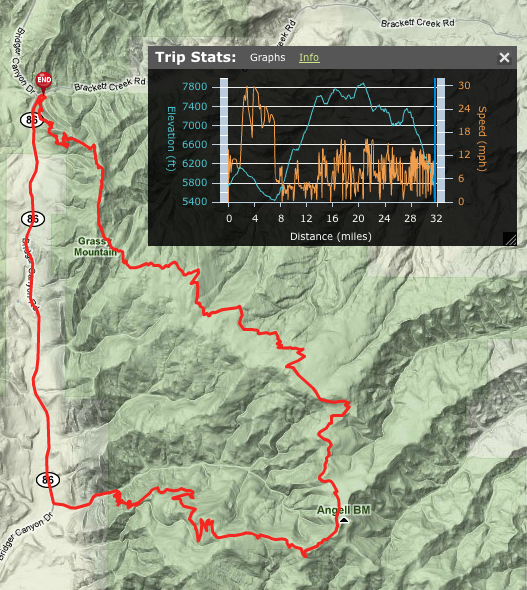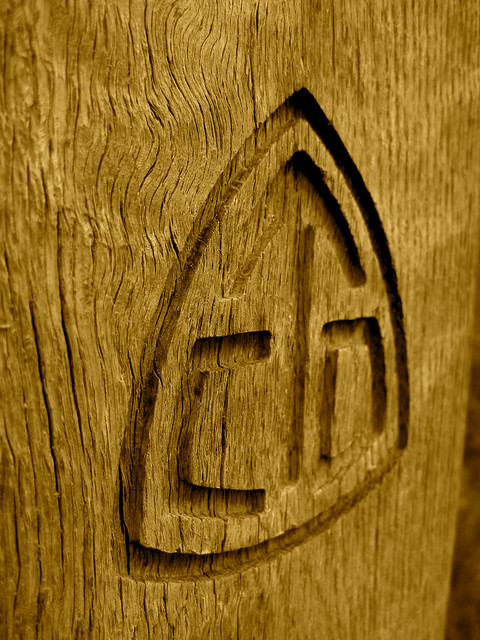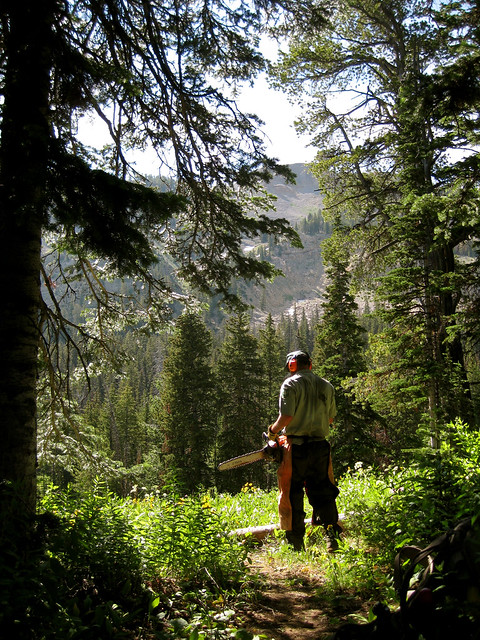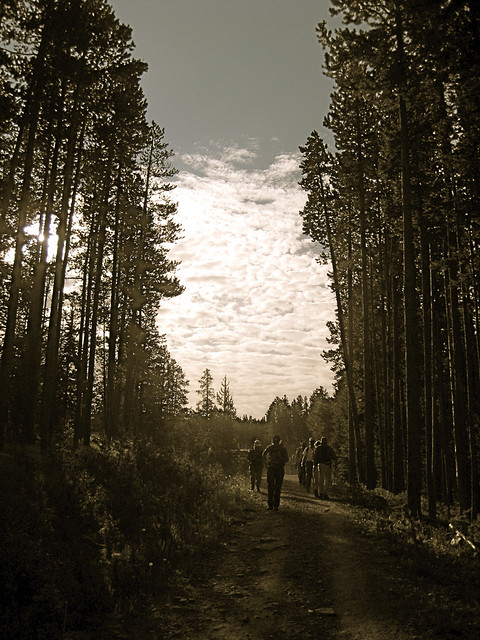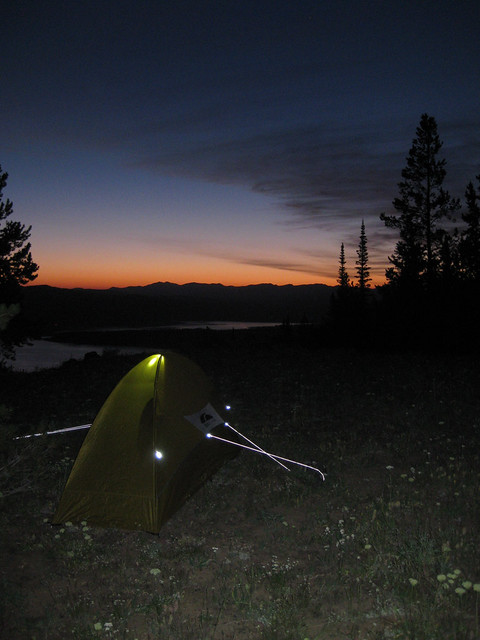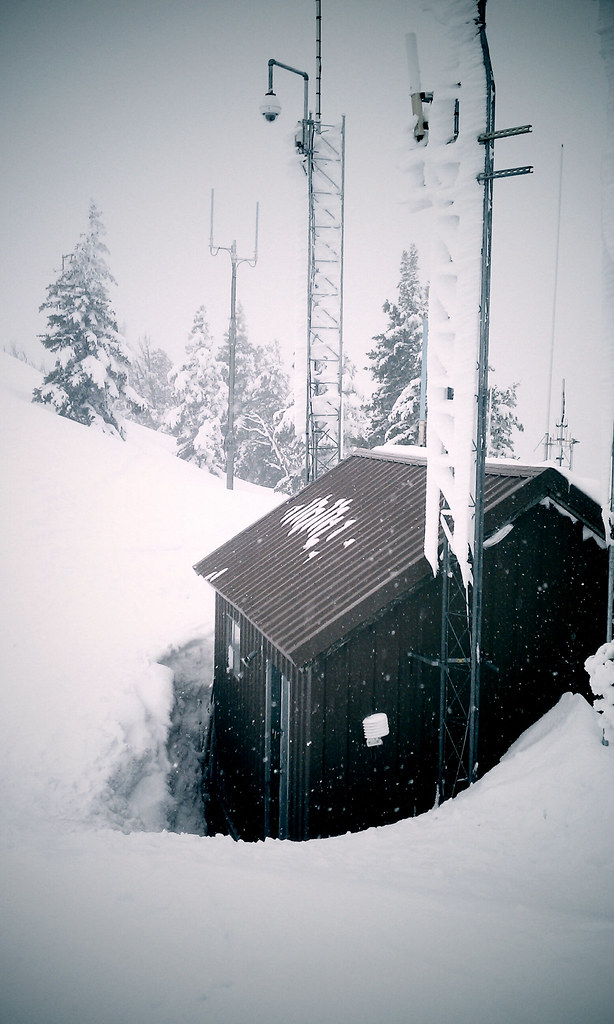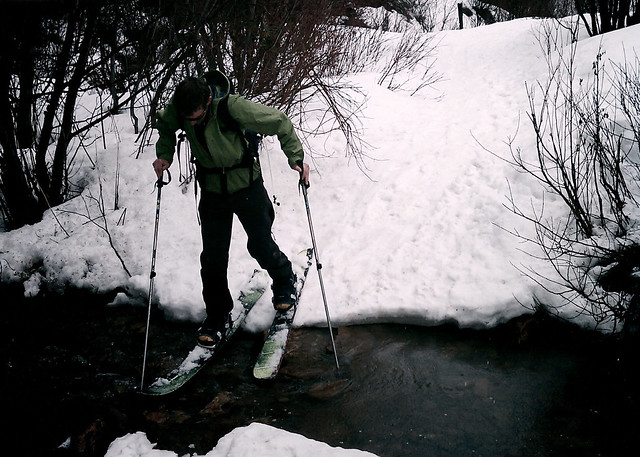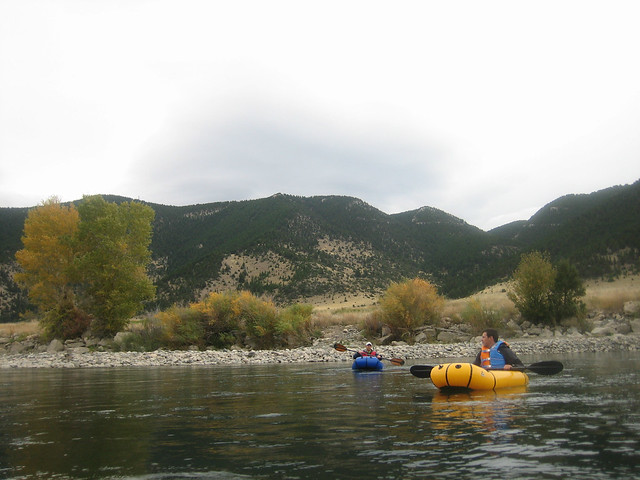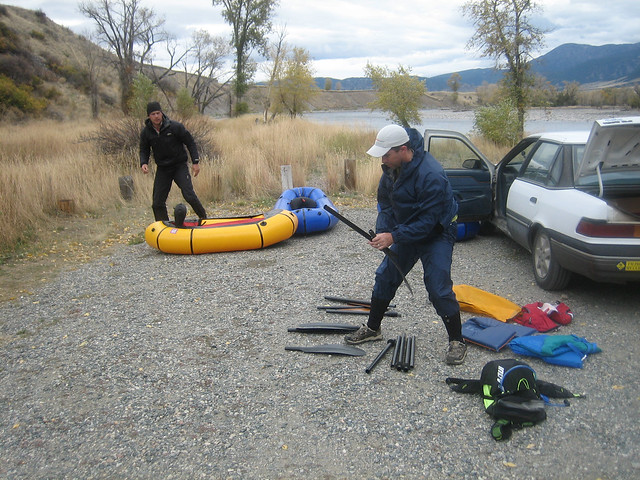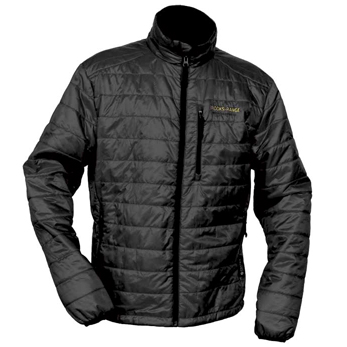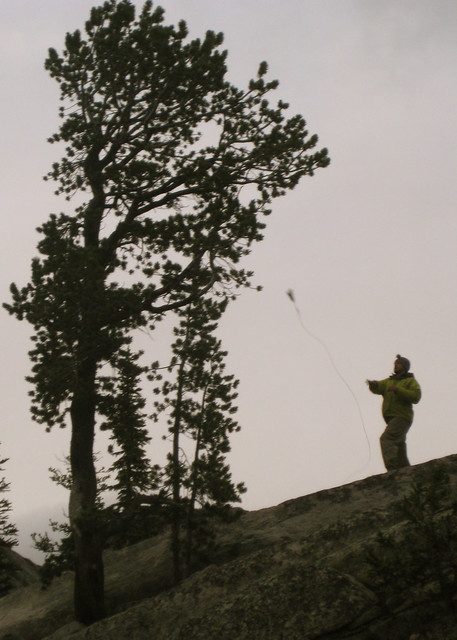A short drive North of my fair burgh of Bozeman is a sub-range called the Bangtails. It has been heavily ravaged by logging over the decades and is home to a diverse crowd of users in/on logging trucks, motorbikes, snowmobiles, bicycles, foot, and ORV. Along the crest of this length of earth rising around 2,000′ above the valley floor is a gem of a piece of singletrack stretching twenty-six miles – – yes, that’s right – – twenty-six miles of single-track trail. It parallels a stretch of asphalt highway so a trail user can drive to the end, drop off their car, pedal 8.25 miles along the highway to the start and then begin the knee-busting and back-ache-causing climb up switchback after switchback to the crest.
Nothing but delight follows upon reaching the top of the Bangtail Divide however as the rider is treated to glorious views of the Bridger Range immediately to the West, the Crazies to the East, the Gallatins and Madisons to the South, and a glimpse of the Absaroka-Beartooth to the Southeast.
But the views are only the beginning. Although the trail is shared with motorcyclists and can from time to time be pockmarked with the damage caused by how much power can be put to a wheel by a 2 or 4-stroke engine the riding is delicious. Long, open, sloping meadows of pedal-free sections of absolutely flowy riding appear in glorious .25 and .5 mile sections. Short climbs are followed by long, long sections of wooded downhill with sharp but bermed switchbacks and bumps and rolls that just flow by underwheel as you get over the back wheel and send the front into the air, sailing freeform.
You cross one dirt road in two places during the ride atop the crest but it’s a mellow, undisturbing crossing. You may see a 4×4 pickup full of guys with beers out shooting guns but this is Montana. Give a wave and if they’re shooting close-by perhaps you can finally get a chance to shoot that .50 caliber handgun you saw in “Snatch”. Riding past Olsen Creek road you’ve got one more climb before the Coup de grâce that is Grassy Mountain.
Grassy Mountain is a destination ride in and of itself. Many a Bozemanite drives to the terminus of the Bangtail Divide to climb the trail in reverse only to turn around a few miles later to ride this wonderful piece of flowing downhill. After having ridden more than a marathon’s distance and probably feeling pretty tired there is something pretty smashing about throwing your seatpost to it’s lowest and hammering out a few cranks up to speed for five-plus miles of sweet, sweet downhill singletrack. Thickly wooded trees swoosh past you as you wheelie over roots and holes, whip around switchbacks and slice natural, bermed wall-rides. Finish it all by crossing a small wooded bridge, compress your brakes to their fullest, layout a skid in the parking lot, and go fish out the beers you stashed in the creek. You just pwned a classic piece of SW Montana singletrack.


